This week, it's two of the earliest Cinderella stories, one of which is the earliest written version of this type of story, pre-dating European versions by 1000 years. It has evil step-mothers, murderous step-sisters, and helpful cows who will vomit up your work and call you stupid.
Trying to grow a beard and keep your five-year-old from having dreadlocks? Then you do not want this week's creature hanging around your house.
Music:
"Interstate 70 Rain Chants" by Fields Ohio
"I'm going for a coffee" by Lee Rosevere

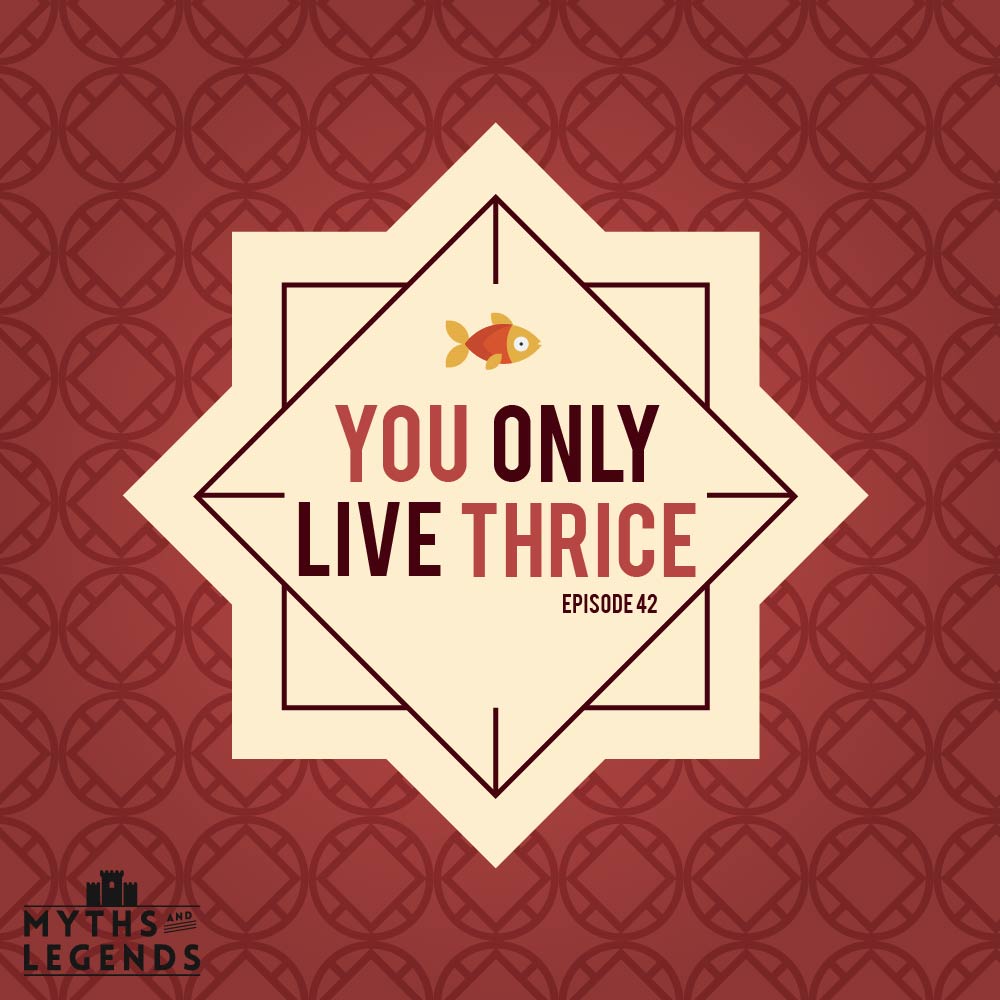
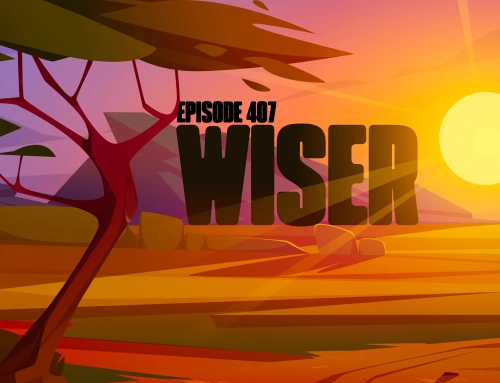
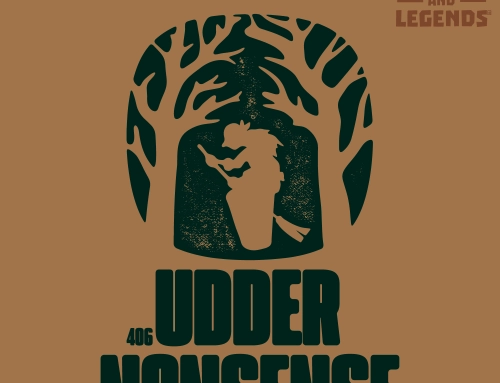
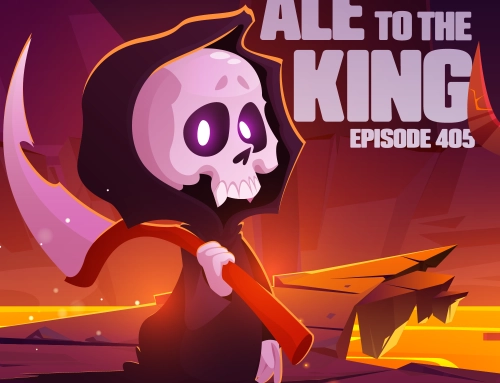
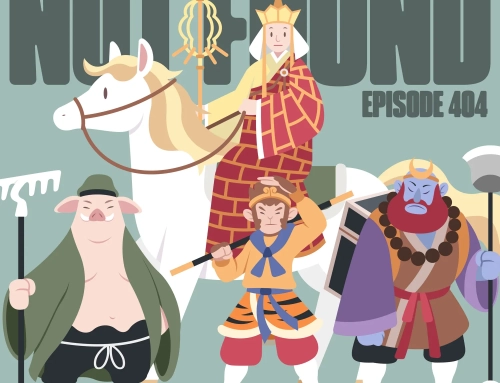

As a non religious white person I could be completely wrong, but my only thought on why Beauty proved who she was and survived the challenges is that the challenges were to prove who had the protection of the gods or something like that. Like the gods knew the truth and these trials would prove who was truthful by who survived. Still doesn’t explain why Pockface challenged her as such given she knew she was in the wrong and likely did not have godly protection, but ah well.
For the last part, the reason the stepmother heard “carp flesh” instead of “your daughter’s flesh” is because the pronunciation is very similar in Chinese. In Chinese, “carp flesh” is pronounced as Lǐyú ròu(鲤鱼肉), and “your daughter’s flesh” is pronounced as Nǐ nǚ’ér de ròu(你女儿肉). If you play them out on a translator, it sounds very close.
Hey about why the seemingly weird and out of place things make up a body I have a theory. In this story it’s obvious that your looks have something to do with your “soul” (we’ll call it a soul for simplicitie’s sake.) We know this because Beauty is described as very attractive and Pock face is well… Pockfaced.
Also the mother is a golden cow, gold is usually considered a “good” color in these stories. So my theory is that the sole is what makes you look how you look and the body is nothing more than a canvas for your personality to draw on. Of course that’s my theory, it probably has some different historical/ cultural significance or it may be just made up.
To add to what aesthe_ has said: the revival of Beauty by means of a rice bowl, fire hooks, cloth entrails, and (I forget the fourth thing) also evokes the rituals by which Buddhist (and other religious) icons were “brought to life.” Originally (we think) this was done by dotting in the eyes, which has a long history in Chinese art, but in later centuries many Buddhist and Daoist sculptures are found to have relic deposits inside which often include stuffed and sewn fabric organs and entrails. Helmut Brinker’s book “Secrets of the Sacred” goes into great detail on this point.
Nice! Thanks so much for this. I’ll look into it, and if I can come to enough of an understanding I’ll put out an elaboration on the main podcast.
You sounded… surprised? when beauty was reborn from hooks, rice bowl, etc. In Investiture of the Gods (I know it in Chinese as 封神榜 or Fengshen Bang), Nezha gets reborn from lotus root and demigod magic. Unfortunately, the wikipedia pages of Nezha and Investiture of the Gods in English are… laughable and incompetent. In the Chinese version of Nezha’s wiki page, there is a section that discusses the version of his story from Investiture of the Gods. Though I like him from Journey to the West a lot also…
I’ll have to study a little bit more seeing it was laughed at of incomptentacy that one thing for sure I study a little bit odd but I do
Interesting variants on the Cinderella tale; recalled for me something of the Twa Sisters/Singing Bone-type tales (murder revealed by reincarnation-ish into inanimate objects)
Have you come across Rhodopis? That’s an early Greco-Egyptian Cinderella variant, from around the 1st Century BC (IIRC)